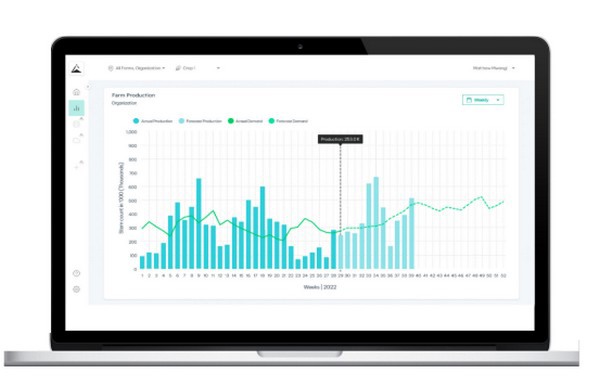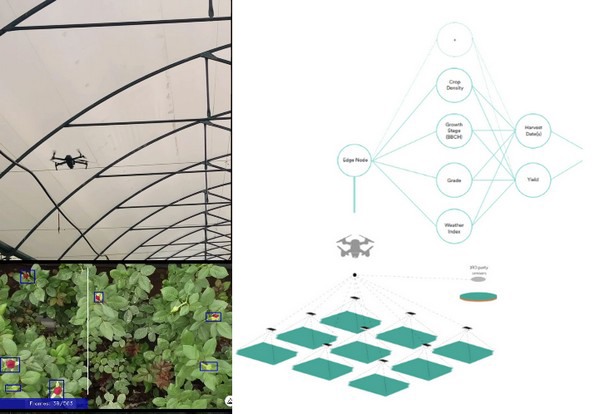A drone that forecasts the rose production? Yes, with drones and machine learning, Kenyan start-up Lima Labs takes the guesswork out of farming. "We improve predictability with technology so that growers can make more profitable decisions," says Jasper Simpkin, who established this company in Kenya in 2021. "We haven't seen anybody collecting the same granularity of crop data as Lima to forecast production as we do."

The Lima Labs' team at IFTEX 2023.
How it works
At the IFTEX 2023, they were presenting their forecasting and production management system for the first time, But how does it work? How is the crop being monitored? "With a drone, we check the crop's productivity in each field. It measures crop density, growth stages, and plant stress and checks the weather to determine the next 30 days' upcoming production. The algorithms used are self-learning, which means your farm gets more predictable over time. The 30-day forecast has proven a 95% confidence in upcoming production. On the Lima Platform, farm production can be connected with sales and freight teams empowering farms to make informed decisions about harvesting, sales, and logistics."

App
Lima's user-friendly app simplifies data collection, he continues. "With just a few inputs, you can understand how your crops are performing and what's coming. With confident forecasts, a grower has full control and can make decisions that benefit them and their partners."

Advantages
So, Lima Lab's solution collects data, visualizes data, and enables farmers to make informed data-driven decisions. But there are more indirect advantages when making the industry more data-driven. Simpkin: "It does not only reduce repetitive manual crop counts or dieback estimations in the field, being informed also helps reduce waste when actions can be taken ahead of time. For example, knowing a farm has upcoming overproduction means the farm sales team can better price their products and inform their logistics partner to optimize freight costs. Everybody wins."
For more information:
Jamie Arkin, Head of New Business 
Lima Labs
Email: [email protected]
www.lima.ag
